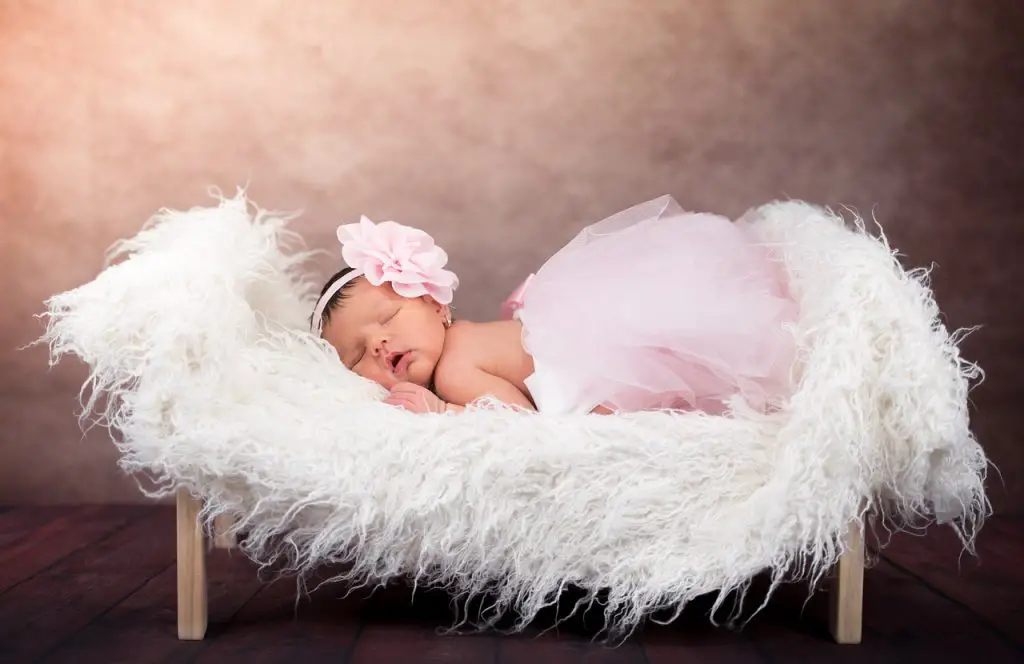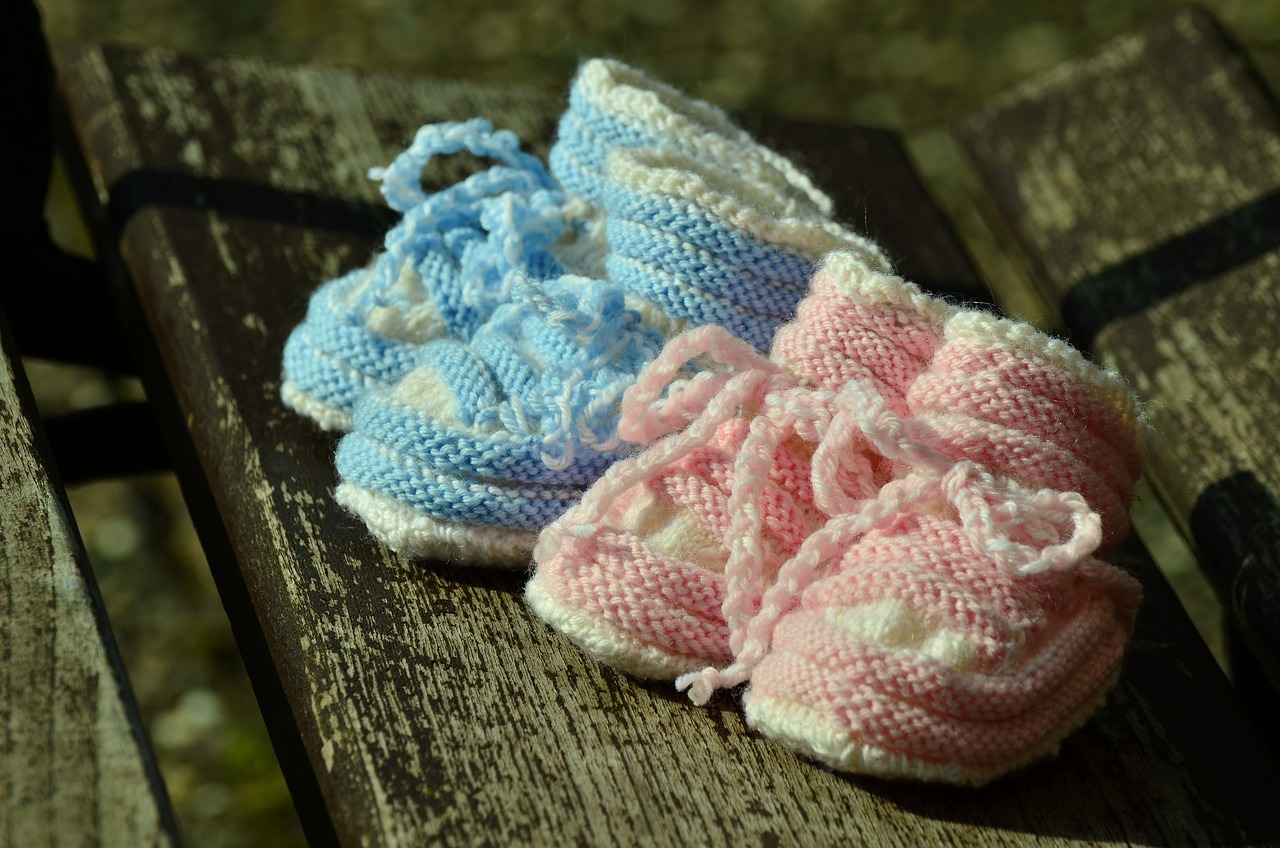Before World War II, the association between colors and gender for baby clothes was quite different from what we know today. It might surprise you that pink was considered a color for baby boys, while blue was associated with baby girls.
The tradition of using neutral colors for baby clothes stemmed from practicality, particularly among working-class mothers who needed durable and versatile garments. However, in 1918, an article published in Ladies’ Home Journal challenged this convention, stating that pink was suitable for boys because it was perceived as a more robust color, while blue was seen as delicate and fitting for girls. This reversal of color norms was based on societal perceptions at the time.
Interestingly, this concept of assigning specific colors to genders gained traction in the early 20th century, with stores and trade publications endorsing the idea. Earnshaw’s Infants’ Department, a trade publication, promoted the notion that pink was for boys and blue for girls, citing the perceived qualities of each color. During this period, major department stores like Boston, Chicago, and New York even suggested pink for boys.

However, it’s essential to note that the prevalence of pink for boys was not as widespread or rigidly enforced as our modern color-gender associations. The trend was present but not universally adopted, leaving room for variation in color choices for baby clothes.
In the 1940s, a significant shift occurred in children’s clothing styles, marking the beginning of the sex-specific clothing we recognize today. This era, characterized by the baby boomers, saw boys and girls dressed more like miniature versions of adults rather than uniformly in children’s attire. Pink became synonymous with girls, while blue was designated for boys, setting the stage for today’s gender-specific color preferences.
However, this trend experienced a decline in the mid-1960s and 1970s due to the influence of the women’s liberation movement. Advocates of this movement believed that dressing young girls in overly feminine or stereotypical clothing could restrict their opportunities for success. As a result, many parents began to favor neutral colors and gender-neutral fashions for their children during this period.
By the 1980s, however, gender-oriented clothing for kids was resurgent. This resurgence can be attributed to two main factors. Firstly, the invention of prenatal testing allowed parents to learn the sex of their baby before birth, leading to increased emphasis on gender-specific clothing choices. Additionally, advancements in clothes-washing technology made it easier to clean and bleach colorful garments without damaging their hues, facilitating the popularity of vibrant and gender-specific clothing styles.
Avid Writer with invaluable knowledge of Humanity!
Upcoming historian with over 30 million views online.
“You make your own life.”





